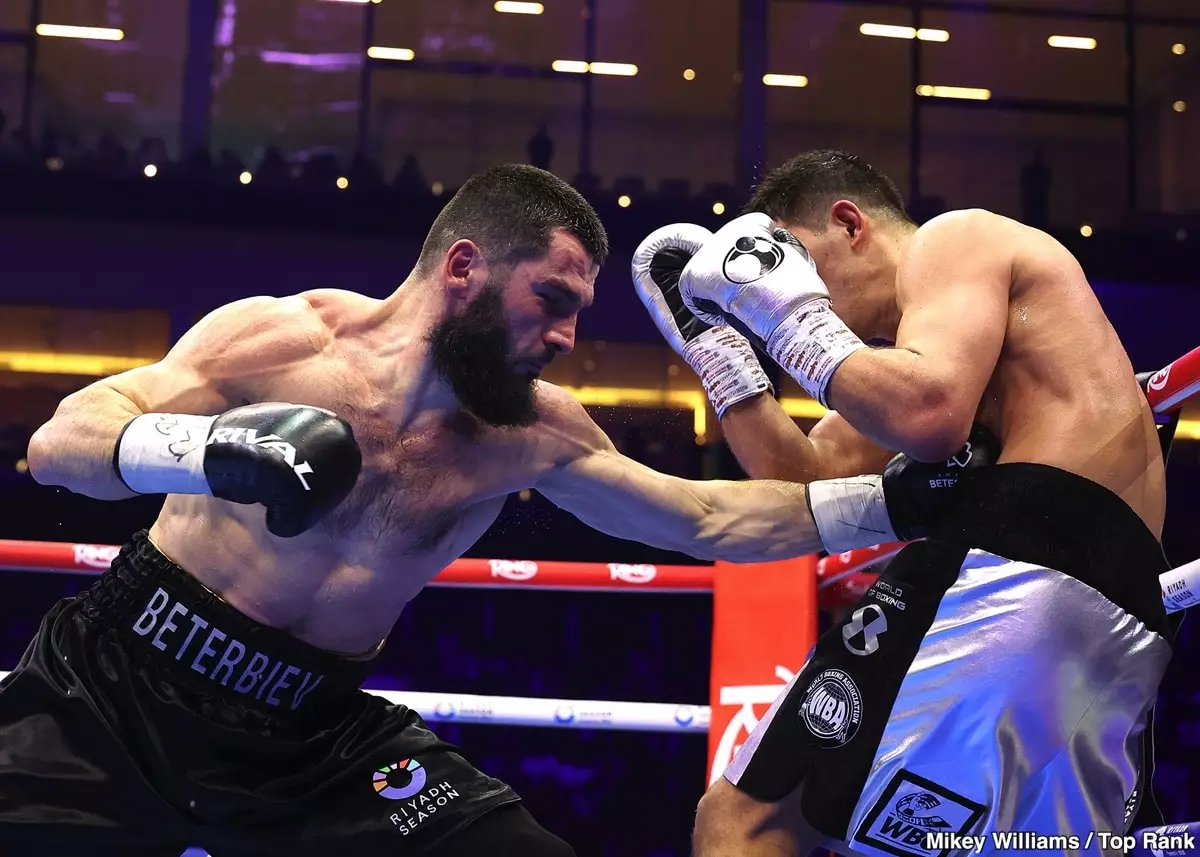Prominent boxing promoter Bob Arum recently shared his thoughts on the palpable buzz surrounding the rivalry between Dmitry Bivol and Artur Beterbiev. Interestingly, despite the pair not being significant draws on the global stage—evidenced by their underwhelming Pay-Per-View numbers—Arum notes that the Saudis are keenly interested. It raises an intriguing question: why are the Saudis so vested in this rivalry? While charismatic figureheads like Canelo Alvarez captivate audiences, Bivol and Beterbiev, both of whom are past their athletic prime, fail to elicit similar enthusiasm among American audiences.
Arum’s remarks regarding the fighters being “great” yet not “major” draws are insightful but also point to a fundamental issue facing boxing today: the dichotomy between talent and marketability. The mountains of radiant athleticism these fighters offer cannot overshadow the dim engagement metrics from fans. With only 45,000 buys for their rematch on February 22nd, it’s no wonder that American boxing aficionados are clamoring for bouts with fighters who possess electrifying appeal like David Benavidez. The crucial element missing here is connection—both fighters have yet to earn the emotional investment from an audience that craves excitement.
The Stakes of Heavy Purses
Arum’s assertion that the Saudis are ready to pay hefty purses to facilitate a trilogy fight indicates an intriguing trend in boxing: the financial backing often drives sport more than fan appeal does. Saudi Arabia’s newfound interest in boxing, undoubtedly tied to its broader efforts to establish itself as a sports hub, gives them the clout to dictate unusual matchups. While Arum is correct that lucrative money can mitigate the lack of excitement surrounding these fighters, it also complicates the landscape of boxing. Should fights occur simply because a rich nation wants them? It feels like an uncomfortable compromise between sport and commerce.
This financial backing allows fights with relatively lackluster draws to occur while more exhilarating matchups remain sidelined. Benavidez, with his aggressive fighting style, poses a challenge that excites fans far more than another cautious matchup between Bivol and Beterbiev. Why should audiences be forced to settle for the “safe” choice when the sport has so many thrilling components waiting to be featured prominently?
The Deterioration of the Spectacle
The boxing ring is meant to be a stage where heroes are forged and stories sparked. However, the reality is that both fighters’ prior encounters have been relatively dull, with Bivol’s style—akin to a reserved Russian version of Shakur Stevenson—leading to predictable outcomes. The extended sequences where Beterbiev tracks but does not engage his opponent only add weight to the criticism that their bouts lack the fiery drama fans crave. Rather than an epic confrontation between titans, boxing enthusiasts have witnessed two cautious competitors reluctant to engage fully in the spectacle of the sport.
It is a dilemma that points to the need for change within the sport. Boxing is a canvas of possibility, yet it seems stuck in a loop, catering to the whims of wealthy promoters rather than the inclinations of the fans. If the Bivol-Beterbiev trilogy is to proceed, it is crucial that it brings more than just monetary benefits—paradoxically, it must deliver the kinetic energy and excitement that boxing demands to thrive. In the pursuit of creating memorable spectacles, the essence of boxer’s charm—including charisma and genuinely thrilling fighting styles—must not be overshadowed by financial commitments alone.

